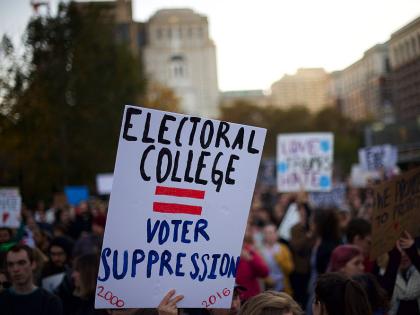No public figure exists for Harvard’s investment in Allston since the 1980s: property purchases, planning consultants for the research campus envisioned a decade ago, design fees and construction for the halted science complex (about to be rebooted for engineering and applied sciences), permitting and community benefits for recent projects and their price tags, and financing for all of the above—totaling at least many hundreds of millions of dollars. Few if any other universities could have absorbed the cost.
One source of development funds was an annual half-percent “decapitalization” from the endowment put in place by President Neil L. Rudenstine in 2001, for five years, to pay for Allston infrastructure. President Lawrence H. Summers broadened its scope and extended its duration, to reconfigure the campuses old and new. From fiscal 2002 through 2013, that levy has yielded $1.523 billion. (The figure, now 10 percent of the annual endowment operating distribution, is no longer published, and the proceeds are considered a central administrative assessment, not an Allston line item per se.) Those revenues could have paid some of the up-front costs, and supported substantial construction debt.
But as reported in the last issue (page 31), the University has in the meantime incurred another Allston expense: from fiscal 2008 through last year, Harvard paid $1.255 billion to unwind interest-rate swap agreements it put in place in late 2004 to finance planned borrowing for fast-tracked construction. Money is fungible: dollar for dollar, the disbursements from the half-percent decapitalization may not have paid directly for undoing the swaps. But that money had to come from Harvard’s resources, and the facts remain: about $1.5 billion of endowment funds were disbursed; Harvard had to pay $1.255 billion to undo the swaps; effectively, very little of the sum released from the endowment has been available to defray costs to date for actual development in Allston (the original rationale for the assessment)—at a time when the endowment has declined in value, limiting academic budgets.
Recent changes in how administrators and the Corporation manage capital projects and finances should help avoid repeating such costly missteps, as planning for Allston’s future resumes (see page 18). So will Harvard’s new preference for donor and partner funding, instead of debt. More transparency would be desirable, too.
~John S. Rosenberg, Editor








